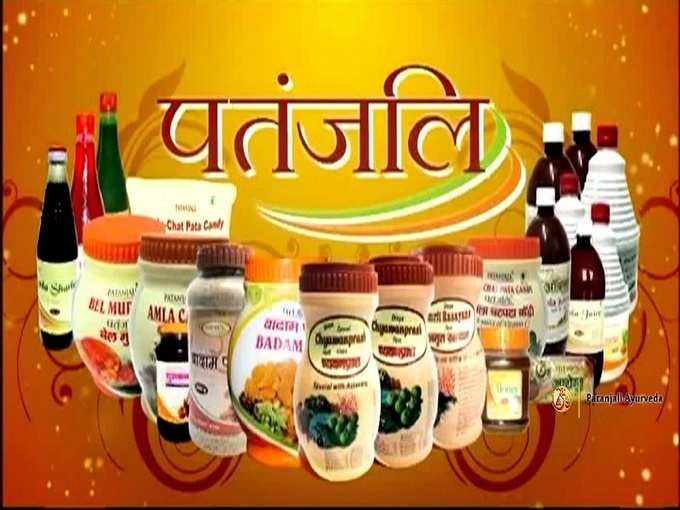
It is India’s love for everything herbal that
In six months ending December 2015, the company led by
The figures don’t include commodity products such as ghee and flour.
Not only are herbal products cheaper, they are also made of natural ingredients and health benefits, which is what has led to the popularity of these products.
"Patanjali has registered a near-80 per cent growth in penetration, which is about 5 per centage points on an absolute level, in one year," K Ramakrishnan, GM of IMRB Kantar Worldpanel told ET.
"The first wave of growth came from personal care products only, but the recent growth has been driven by homecare and food and beverages, which still has a smaller base," he said.
Not only this, Patanjali has grabbed market share from non-ayurvedic companies as well. While the growth of ayurvedic brands in the category of ‘face wash’ products category increased to 50% from 36%, the growth of non-ayurvedic brands fell down to 16% from 21% last year.
Talking of shampoos, sales of Ayurvedic brands more than doubled and currently stands at 194%, while for non-ayurvedic MNCs, it declined to 15% from 21%.
"This unusual phenomenon of consumer products market disruption is rare as brand erosion or loyalty for well-established brands generally doesn't happen so quickly," said Devendra Chawla, president, food and FMCG, at Future Group.
"Other Ayurvedic companies are coming up with good quality products at even cheaper prices, which is ultimately doing good. The country is huge and the FMCG market is so large that we may not be able to provide for everyone," Acharya Balkrishna, MD at Patanjali Ayurved told ET. He also added that the company has almost met its sales target of Rs 5,000 crore for the financial year ending March 2016, which is more than double its revenue in 2014-15.
Image source